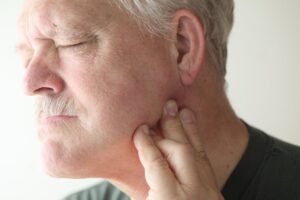What Is a TMJ Disorder?

Temporomandibular joint, or TMJ, disorders are a common cause of facial pain, affecting between 20 and 30 percent of adults between 20 and 40 to some degree. Fortunately, they’re usually treatable without surgery.
If your doctor or dentist has referred you to a specialist because of a TMJ disorder, or you’re experiencing some of the symptoms of one, this quick guide will help you understand exactly what a TMJ disorder is and what to expect when you get one checked out.
Meet the TMJ
The temporomandibular joints are the pair of joints that connects your lower jaw (mandible) to your skull’s temporal bone.
These joints perform two distinct motions, first rotating the jaw downwards then sliding it out as the mouth widens when you eat, speak or yawn.
TMJ disorders
A TMJ disorder is any form of abnormality in the function of the temporomandibular joints and their associated muscles and ligaments. It’s also referred to as TMJ dysfunction because it’s likely caused by any of a group of related ailments rather than a single disorder.
While not dangerous, any form of chronic discomfort or restricted jaw movement can have a significant impact on one’s quality of life.
Signs of a TMJ disorder
People with TMJ disorders typically exhibit one or more of the following symptoms:
- Chronic pain or discomfort directly in front or or above the ears
- Pain or discomfort when opening or closing the jaw
- Locking, or the inability to fully open the jaw
- Popping, clicking or grating noises when opening or closing the jaw
- Headaches or neck pain
For unknown reasons, about twice as many women suffer from TMJ disorders as men. Grinding or clenching teeth, biting fingernails or a history of chin or jaw trauma from contact sports or other activity are also common indicators of a possible TMJ disorder.
Treating a TMJ disorder
Treatment for TMJ disorders is almost always non-surgical. Mouth guards or oral splints are often effective, as are jaw exercises, biofeedback, hot and cold compresses and medication to reduce pain and inflammation. Counseling to break habits like teeth grinding and nail biting can also be helpful.
Surgery is only an option when an examination uncovers a specific problem with the joints. Like other joint surgeries, TMJ surgery can be done with needles or arthroscopic microscopes. In extremely rare cases where the joints don’t respond to any other treatment, open-joint surgery can repair the joint or replace it entirely.






